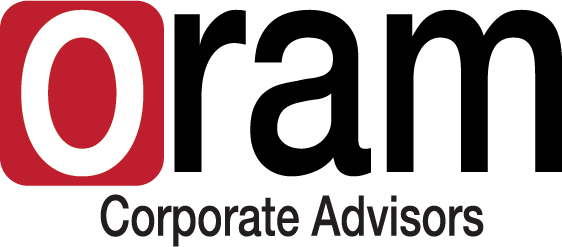![]() Are you ready to store your data in the cloud but don’t know which solution is best for your business? Here are some of the options with a brief overview to get you started in your search. Need additional information for your network needs? We can help.
Are you ready to store your data in the cloud but don’t know which solution is best for your business? Here are some of the options with a brief overview to get you started in your search. Need additional information for your network needs? We can help.
-
Apple iCloud Drive – If you are running a business full of Apple Fan Boys and Girls, this one’s for you. There are no Android, Blackberry or Windows Mobile apps. However, there are third-party compatible apps. With this choice, 5GB of this service is free; then monthly plans cost from $0.99 for 50GB up to $9.99 for 1TB. The service will sync your data across devices, back up your files and provide work-from-anywhere abilities, but multiple users cannot log in to the same account, yet.
-
Dropbox – You’ll find apps and support for a wide variety of platforms, from Android to iOS, Mac, Linux or PC. Files can be synced across all users’ devices, can be automatically updated when changes occur and are encrypted on the servers to AES 256-bit level. Free accounts provide you with 2GB, or a business account starts at $750/year with 5 users.
-
Box – With the same model as (and as the precursor to) Dropbox, this gives you support for many platforms, syncing files, encryption and a more-business oriented service. It supports integration across many other business services such as Salesforce, Office365 and Slack. Plans range from $5-15 per month per user.
-
Mega – This New Zealand startup may not be a well-known name, but you’ll appreciate its strong focus on security. Customers hold their own encryption keys, so Mega has no access to your data. There are apps for Android, iOS, Windows and Blackberry. Free accounts include 50GB; then paid plans will provide you with up to 1TB.
-
Google Drive – If you have a Gmail, YouTube or Google Calendar account, you already have a Drive account as well. 15GB of storage is free, encrypted with 128-bit AES and two-step verification for all accounts. Paid plans can get you up to 1TB for $9.99/month. Within Drive, you have all of the Google Apps such as Docs, Sheets, Slides and many more.
-
Microsoft OneDrive – Microsoft’s big focus these days is on the cloud, which investors are happy with. With OneDrive, it’s an integral part of the Windows OS, starting with Windows 8. It’s also available on Windows phones, XBox and tablets, plus apps for Android, iOS, Mac and direct web access. Free accounts start with 15GB. If you already subscribe to Office365, you get 1TB of OneDrive with the package. Microsoft reserves the right to search your files for offensive content.
-
SpiderOak – Their promise is “zero-knowledge privacy,” meaning your files can only be read by you. They provide backup solutions that start with 2GB of free storage. Collaboration across team members is done through SpiderOak Groups. You can buy unlimited space for $90 a month.
-
Tresorit – They notably offered a prize of $50,000 to anyone who can hack their data, and they list the stats on their site: over 1000+ hackers have attempted, none successful. You hold the encryption keys, so they cannot access your data. Their basic plan (free) offers 3GB of storage; then paid plans start at $12.50/month. With their focus on strong security, even the links to access documents that you share with others (clients, coworkers, vendors) are encrypted.
-
SugarSync – Similar to Dropbox, you select the folders and files you want to sync with others. They support Android, iOS, Mac, Windows and a range of apps. Plans cost $7.49/month for 100GB and go up from there. Their functionality that sets them apart from Dropbox is that you can sync any specific folder on your computer.

 Cybersecurity spending is increasing to the tune of a
Cybersecurity spending is increasing to the tune of a